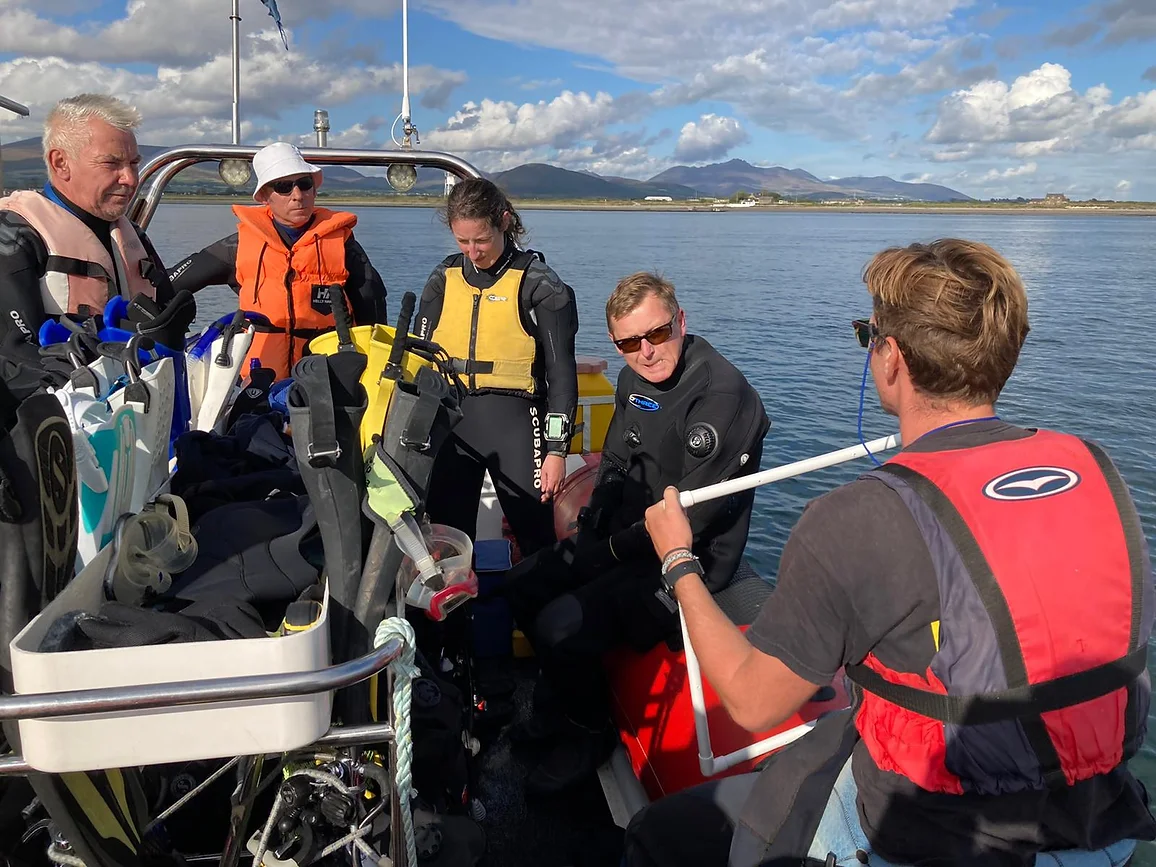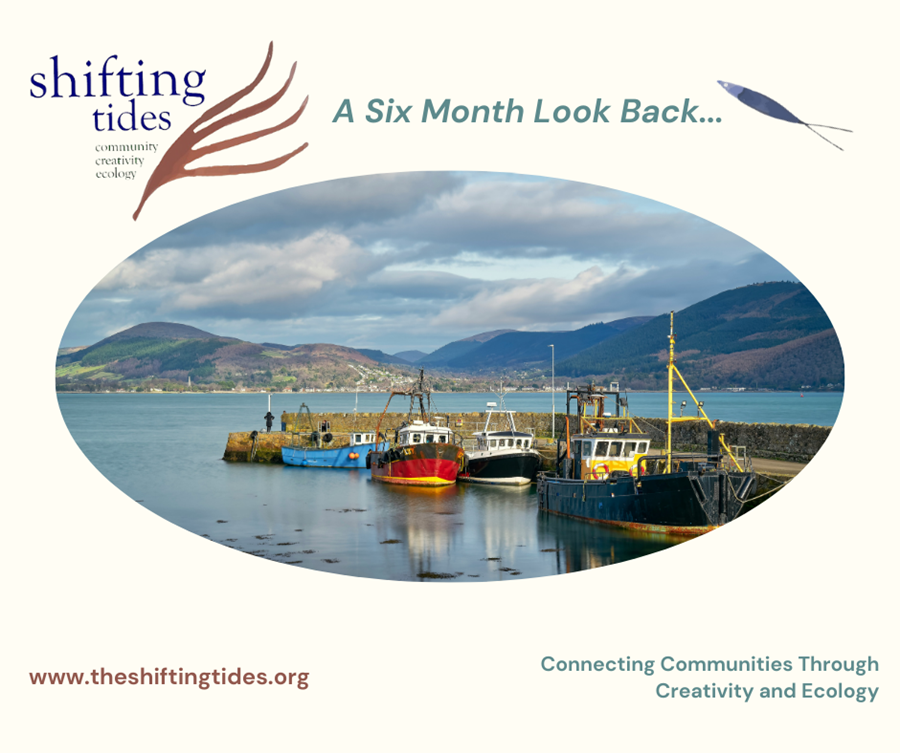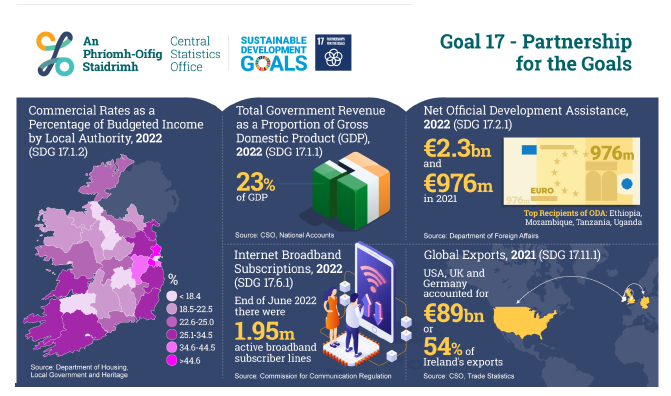Citizen Science in Coastal Communities: Making Visible the Underwater World

(This article was first published on The Shifting Tides)
Anyone walking along the shore has their own way of seeing it, of interpreting and understanding the coastal birds that forage on the low tide, the wrack that smears itself over the rocks, the jellyfish washed on the sand. The many diverse ways of knowing the sea is something that Shifting Tides celebrates by promoting the arts and sciences alongside one another and creating opportunities for people to get involved with them.
Specific and accurate knowledge about the condition of our seas is essential for effective decisions to be taken about their management. But the oceans are vast and there simply aren’t enough scientists to study them. An emerging and powerful force for the study of our seas has been the citizen science movement, which actively involves the public in scientific research that generates new knowledge or understanding, building the potential to bring together science, policy makers, and society in impactful ways. This sort of participation is especially important at a time when community-led protection and restoration efforts are being recognised as highly effective strategies for marine conservation.
To promote the benefits of citizen science around Carlingford Lough, Shifting Tides is working closely with an array of organisations around the island, all of which use data collected by people wandering the shore on foot, by kayak, snorkelling or scuba diving. Our project was initially inspired by the actions of communities around Carlingford Lough, who were already engaged with the Coastwatch annual survey. This grassroots initiative actively involves local volunteers in monitoring and protecting their coastal environments. By surveying intertidal areas and collecting data on biodiversity, pollution, and climate change impacts, these volunteers not only generate valuable scientific data but also foster a sense of ownership and stewardship among coastal communities.
One of the most extensive citizen science platforms on the island is Explore Your Shore, run by the National Biodiversity Data Centre. Providing a wealth of online resources to identify and record marine species, the platform offers specific focuses on jellyfish, sharks and rays, seaweeds, starfish, dolphins, and plenty of other plants and critters. Sightings on the shore often give an insight to what is going on beneath the waves. For example, strands of seagrass found on the beach are often signs of nearby undersea meadows that might be a habitat for all manner or creatures, as well as having major climate change benefits.
Through the tools provided by Explore Your Shore, participants can learn about all manner of creatures including the six most common jellyfish species in our waters, the compass jellyfish with sixteen triangular markings on its bell and tentacles that can trail for over a metre, and the common jellyfish that can swarm beaches in their hundreds and thousands. There is even a Facebook page called The Big Jellyfish Hunt where an island-wide community of enthusiasts report and compare sightings.
All the photos sent to Explore Your Shore are checked by an expert and added to online databases that are used in research. Records are also shared on the European Ocean Biodiversity Information System and the Global Biodiversity Information Facility, as well as forming part of the UNESCO monitoring of Essential Ocean Variables. This means the data is shared widely and put to genuine use by scientists and policy makers.
For those venturing a little deeper, SeaSearch offers training courses for scuba divers to survey the rocky reefs, maerl beds, kelp forests and seagrass meadows that skirt our shores and drop away to the abyss. There are dive clubs all around the island that go out every weekend, and not only does their data collection benefit scientific research, but it enriches their diving experience. Through projects like these, participants become more ‘ocean literate’, meaning they can appreciate the sea around them and the life within through an exciting new lens that opens up a whole world at their fingertips.
The data gathered by citizen scientists doesn’t just vanish into an ether of academic research. It can be utilized by communities themselves and contribute to local decision making. There are plenty of examples of this from across the island and around the world. People who get involved with citizen science often find that their eyes become tuned to the shore and appreciate it in ways they might not have before.
Not only can they recognise individual species, but are equipped with the knowledge to understand their role in the wider ecosystem. This in turn empowers citizens to take action and get involved with decision making about their seas, which, when you consider we are perched on an island surrounded by water, is a pretty big deal.
We invite you to follow us on social media for upcoming opportunities to get involved.


